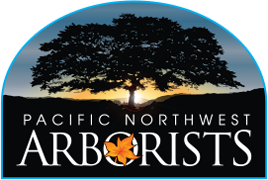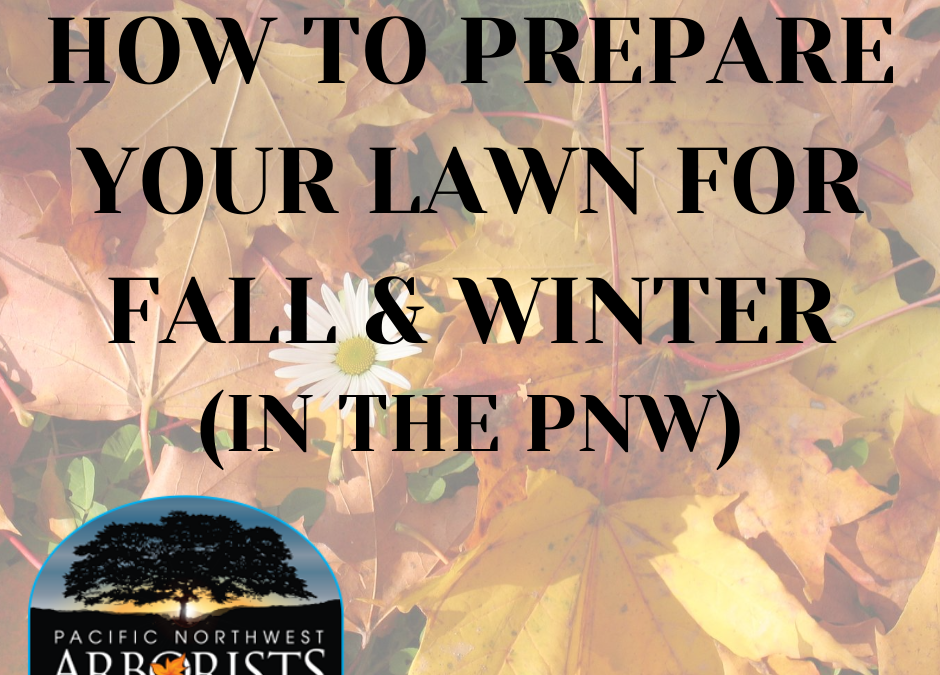HOW TO PREPARE YOUR LAWN FOR FALL AND WINTER (IN THE PNW)
The Pacific Northwest summer brings us clear, sunny days, and very dry lawns. As we enter the fall months, we start to look forward to cooler days, and nights sitting around the backyard firepit. September is the perfect time to start prepping your lawn for the colder months ahead, and even prepare for next year’s spring. In this article we will go over everything you need to know to maintain maintenance on your lawn.
By following this lawn care calendar and task list, you’ll be able to stay on top of maintenance and give your lawn the best chance for survival throughout the seasons. Both fall and spring are vital to the success of your lawn in the future.
TASKS
Fall Feedings
Autumn is the best time to fertilize your lawn, if you choose to do so. Fertilizing your lawn with a light application in early fall and again in late fall is your best bet.
Aerate
If you skipped aerating in the spring and your lawn needs it, fall is a great time to finish this task. Aerating is super important in ensuring your lawn will thrive throughout the year.
Continue Mowing
Now that rain is coming back into the weather forecast and temperatures are cool, your lawn will start to grow faster. Keep mowing as part of your regular lawn maintenance through the end of the season.
Fall Cleanup
Continue your typical lawn maintenance tasks like cleaning up fallen leaves and other debris. An alternative option to raking leaves would be mowing over your lawn a few times to break down the leaves. The fine pieces of leaves will quickly decompose and add to your soil’s structure. Of course you can choose to rake up and compost the fallen leaves.
Overseed Your Lawn
Fall is the best time to overseed or grow a new lawn from scratch because most PNW lawns will have cool-season grasses. Be mindful of planning this task; your new grass needs at least a month before your first average first frost so it can get established.
Attack Perennial Weeds
Perennial yard weeds such as dandelions and ground ivy, are more likely to attack in the fall. Treat them as part of your lawn maintenance with a broadleaf herbicide (there are chemical and organic choices available) or pull them by hand.
CALENDAR
September
When the finally arrives for our fall season, be prompt to fertilize! We recommend organic slow release formulations. Around Mid to late month, you should begin aerating, thatching, and seeding; Rake and overseed bare spots, or install new seed or sod lawns.
October
During the month of October, you should continue to thatch, aerate and install sod. Follow up with a top coating of one-inch sifted compost if the lawn consists of little organic matter. Your irrigation systems may be shut off at this time. If you feel your grounds have accelerated in growth, feel free to mow if necessary.
November
In late November, it’s the best time to apply winter fertilizer. This is vital to maintaining a healthy turf. You can continue to mow if conditions are not excessively wet and cold.
December
If you didn’t do it in November, then definitely apply winter fertilizer in December. You should stop mowing by now, and can wait until about March when it starts to warm up a bit. Continue to rake leaves and debris off your lawn as needed.

